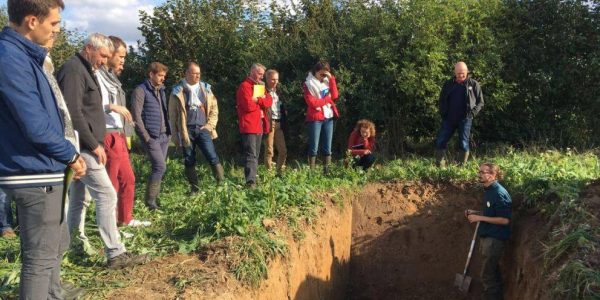What is a living lab?
Living labs are "spaces" where open research and innovation are stimulated. They meet five criteria:
- Active involvement of the end-user
- Co-creation together with end-users
- Multi-method approach (for instance, using tools from the exact and social sciences)
- Multi-stakeholder involvement (e.g. farmers, technology providers, service providers, relevant institutional actors, professional or private end-users)
- Tests in relevant practical environments (such as on working farms)
What advantage does this offer?
By placing the end-user in the central position, living labs increase the success of better matching new technologies with the specific needs and ambitions of the local communities and sectors. The result? The innovations are better accepted and implemented.
Is a living lab a physical place?
Living labs can be either physical or virtual organizations or real-life environments such as a farm, a food processing plant, or a fishing vessel. They are 'ecosystems' where researchers, end-users, stakeholders, citizens and even cities or regions meet up to co-create. The goal is often to quickly create a prototype or validate innovations as preparation for a larger-scale rollout. The exact implementation of this process can vary from living lab to living lab.
For more info about the concept of living labs, see the website of the European Network of Living Labs (ENoLL).







